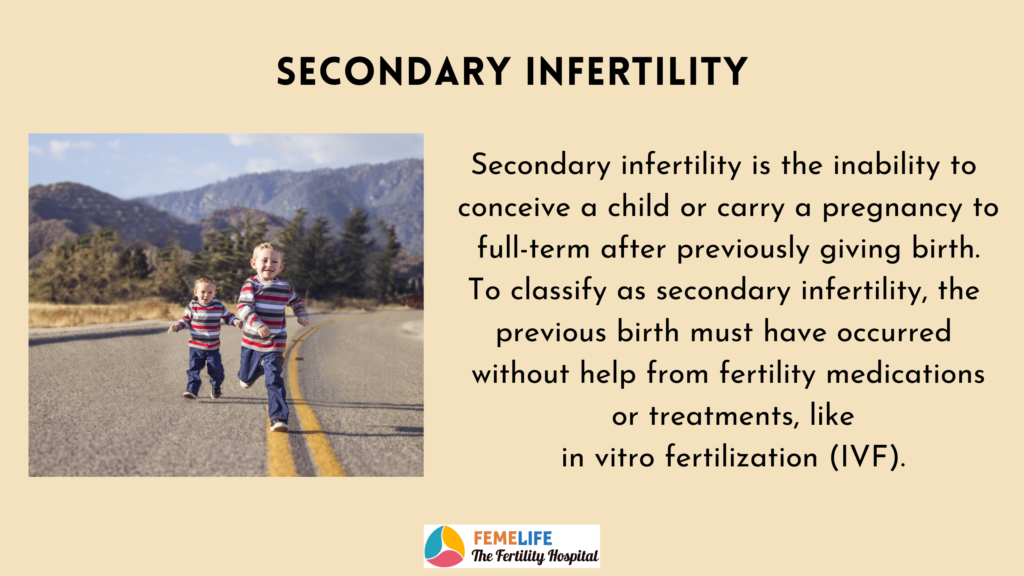What is secondary infertility?
Secondary infertility occurs when you are unable to conceive or carry a pregnancy to term after having previously given birth.
Secondary infertility is defined by the prior birth occurring without the use of reproductive medicines or therapies such as in vitro fertilization (IVF). Secondary infertility is often diagnosed after a couple has tried to conceive for six months to a year.
How common is secondary infertility?
Secondary infertility is equally prevalent as main infertility. It affects approximately 11% of all couples in the United States.
Who is at risk for secondary infertility?
Your risk for secondary infertility may be higher if you’ve had:
- Pelvic inflammatory disease (PID) or other sexually transmitted infections (STIs).
- Menstrual periods that are irregular.
- Miscarriages.
- Sperm count is low.
- Unbalanced hormones.
Can you get pregnant with secondary infertility?
You can get pregnant if you have secondary infertility. It’s a common ailment that, when treated, usually leads to pregnancy.
